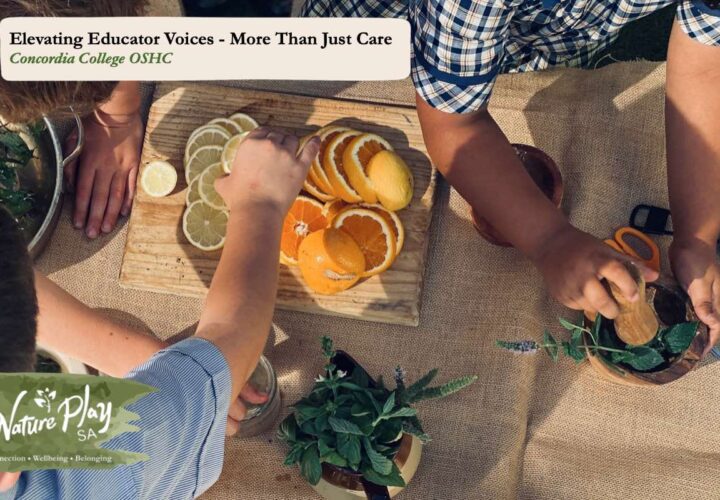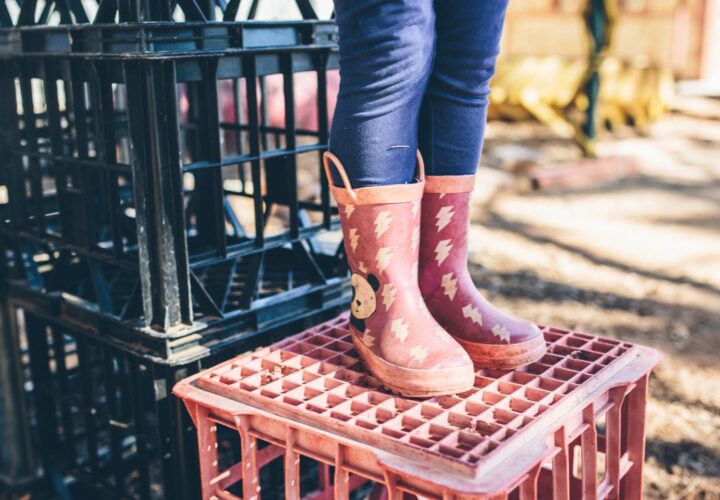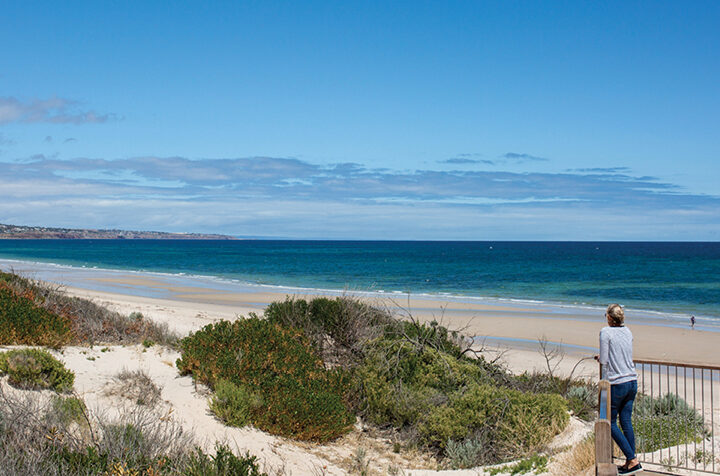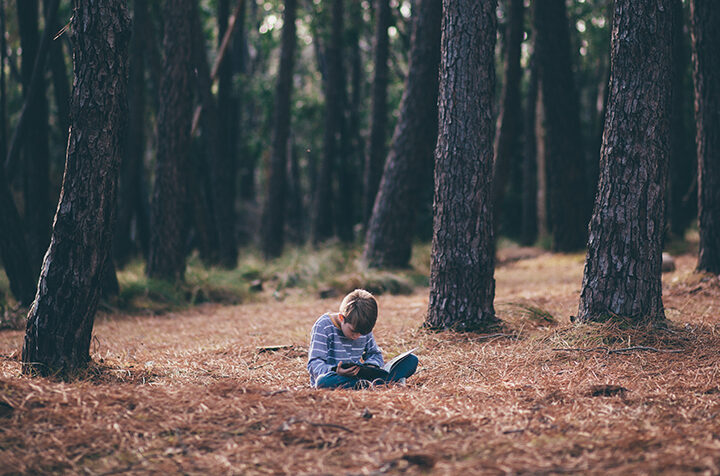How Co-Creating Learning Spaces Develops a Connection to Place – By Abe Moore
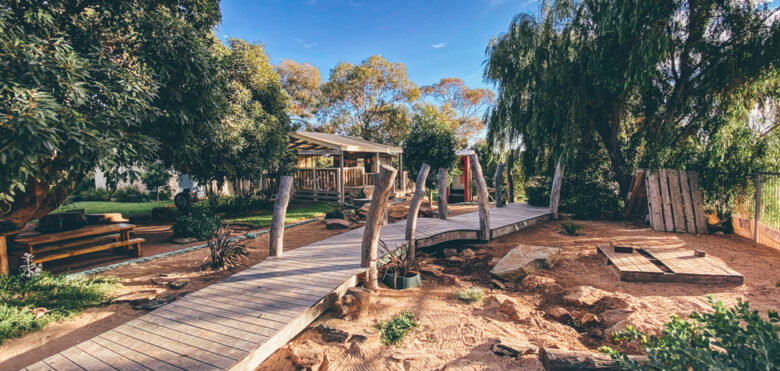
“This is for you, we knew you were coming”
In the late 1930s, school director Frances Presler was tasked with opening the Crow Island School in Illinois, in the US. Which, some 80 years later, is still considered a lighthouse for timeless and humane architecture for children. But at the time, Frances was struggling with how to create a new school that truly belonged to children. In 1941, she penned A Letter To The Architects, in which she answered a single question — “What Spirit Shall It Have”. In it she says:
“The building must not be too beautiful, lest it be a place for children to keep and not for them to use.”
“It must be inspiring — with a beauty that suggests action, not passiveness on the children’s part. Yet it must give children the basic feeling of rightness and the belief that they too can be, act and create, and that They, their action and creation are needed.”
It must be a place for living, a place for use, good hard use, for it is to be successively the home, the abiding place, for a procession of thousands of children through the years. It must be warm, personal, and intimate, that it shall be to each of these thousands, “My school.”
How do we create places and spaces that are, to those thousands of children, “My School?”
I want to share a couple of scenarios with you:
1) A school scrimps and saves money to commission a designer and builder to create a new outdoor learning space. Children excitedly watch on during the build and, when the fences finally come down, there is a big celebration as kids explore and experience the space that has been carefully and deliberately made for them.
2) A school has no money for gardens or play equipment, so children identify neglected spaces and reimagine how they might be better used. Over time, the learners work with volunteer experts to design and co-create new spaces in close consultation with their community. They work with real tools to breathe new life into forgotten places. They use native plants to create habitats for local wildlife, paint murals, and build furniture, and they do it all as a part of their day-to-day learning.
Which scenario would create the most powerful sense of belonging and connection to place? Made for or made with children?
I’ve seen both of these scenarios play out. I’ve seen well-meaning adults work incredibly hard to raise money which was directed into tokenistic, cookie-cutter nature play spaces that, after the initial excitement of the opening, were barely used.
I’ve also seen schools littered with neglected and out-of-bounds spaces completely transformed when children and staff and families come together to create a shared vision for the future. Asking a simple question like “how can we make this space healthier?” opens a pandora’s box of possibilities. Healthier for who? For children and their well-being? For plants and animals that call it home? Or for the planet in terms of sustainability?
How do children experience your schoolyard: Like a hotel or a home? At a hotel you are a welcome visitor, just don’t try moving the couches around in the lobby. What do perfectly manicured, picture-perfect school yards say to children when there is little affordance in play materials because everything is either concreted in place or there are no loose parts to manipulate? How do children create a connection to place at school when they are viewed as visitors rather than valued co-inhabitants?
According to Barry Lopez, creating a connection to place requires paying intimate attention and creating a storied relationship with the space. This could involve observing seasonal change (phenology), knowing and naming the flora and fauna in the environment, or understanding the cultural and historical history of the place. But for me, the third principle is the most significant.
Developing a reciprocal ethical unity with a space requires action. By creating opportunities for each child to spend time in nature, contribute to the community, and care for the environment, children help write the next storied chapter of that place. When kids feel they can create and act, it strengthens their sense of connection and belonging to place, positively impacting their health and wellbeing. They learn to love their spaces, and when you love something you protect it.
Classrooms and gardens and playgrounds should exclaim “This is for you, we knew you were coming.” Children are competent and capable, and should feel that their action and creation are needed. And like Frances Presler, whether we are creating new spaces or reimagining old ones, we should be asking ourselves, “What spirit shall it have?”
[vc_separator type=’normal’ position=’center’ color=’#7fbb41′ thickness=’1′ up=’30’ down=’30’]
Looking for the next steps in your outdoor learning journey? Download a copy of our student voice audit “Wild Ideas for Outdoor Learning” in our Member’s Lounge during Term 4.
[vc_separator type=’normal’ position=’center’ color=’#7fbb41′ thickness=’1′ up=’30’ down=’30’]

